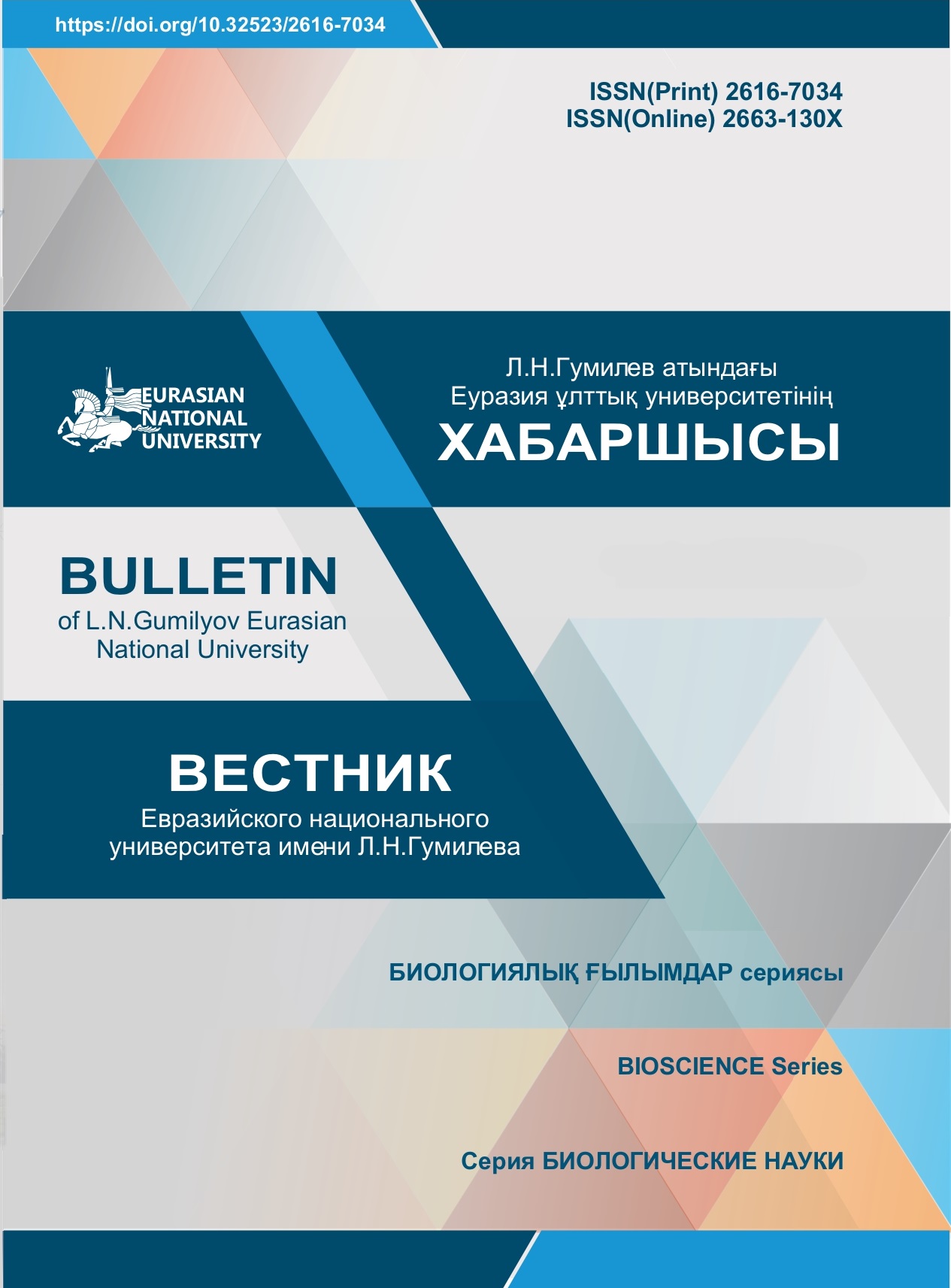Detection and genotyping of the CCHF virus in tick populations in the Zhambyl region
Views: 432 / PDF downloads: 282
Keywords:
arbovirus, Crimean-Congo hemorrhagic fever, tick, RT-PCR, genotypeAbstract
The Republic of Kazakhstan has favorable conditions for the development and distribution of many species of ticks, which are carriers of various types of pathogens of especially dangerous infections. In the course of this study, 319 samples (32 pools) of ticks in the Zhambyl region were collected and examined for the presence of arboviruses. In 2021, the circulation of the CCHF virus was detected among ticks living in the Zhambyl region by the method of polymerase chain reaction with reverse transcription. The population of the CCHF virus in the Republic of Kazakhstan has not been studied more widely, there is no information on the genetic affiliation of the new virus isolates circulating in the country. Analysis of new data on the genetic diversity of the CCHF virus will make it possible to assess the current state of the virus population, to determine the boundaries of the distribution areas of genetic variants of the CCHF virus in the territory of the Republic of Kazakhstan. The work was performed using molecular genetic methods (isolation of nucleic acids, RT-PCR, DNA sequencing according to Sanger), the method of phylogenetic analysis using the Mega 7.0 program, the method of geoinformation analysis using the ArcGIS 10.4.1. program. The nucleotide sequences of the S segment fragment of two CCHF virus isolates isolated from ticks inhabiting the Zhambyl region were determined. Analysis of the nucleotide sequences of the S segment of two CCHF virus isolates showed that they belong to the Asia 2 genotype. New isolates are genetically close to the CCHF viruses isolated in South Kazakhstan, Uzbekistan, Tajikistan, and India. The obtained materials will serve as the basis for the development of a strategy for epidemiological surveillance of natural focal infectious diseases in the territory of the Republic of Kazakhstan.








